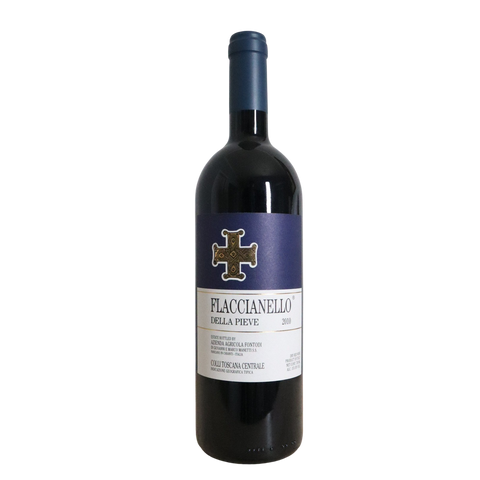
2010 Fontodi "Flaccianello della Pieve" Colli Toscana Centrale IGT, Tuscany, Italy
There are 4 units left in stock.
ABOUT THIS WINE
The Flaccianello della Pieve is from the appellation Colli Toscana Centrale IGT. It is made with Sangiovese selected from the best vineyards. The fermentation and maceration is carried out in temperature-controlled stainless steel tanks with indigenous yeasts for at least 3 weeks. The malolactic conversion happens in barrels. Ageing lasted 24 months, in Troncais and Allier French barrels.
ABOUT THIS PRODUCER
Tenuta Fontodi is Chianti's class act: Her renowned crus are the Super Tuscan Flaccianello and the Sangiovese-Cabernet Sauvignon favorite Vigna del Sorbo, while her Chianti Classico is unflinchingly reliable. Winemaking in the timeless land of Chianti Classico dates back to the 8th century, and the term "Chianti" was applied to wine as far back as 1398: Tenuta Fontodi is one of many existing estates that can trace their lineage back to these historic times. Fontodi is an all-time favorite of any Tuscan wine enthusiast. In the 17 published editions of Gambero Rosso, Italy's acclaimed wine rating guide, this Tuscan estate has won the coveted Tre Bicchieri (Three Glasses) award 13 times. And like the other greats of Chianti Classico (Felsina, Querciabella, Castell'in Villa...), they did it by revealing the true essence of the Sangiovese grape and the local terroir. They maintain tradition even when updating equipment; in fact, the new cantina works entirely on the gravity principle.
Fontodi has belonged to the Manetti family since 1968. The family has been associated for centuries with another activity typical of the Chianti region, the production of its famous “terrecotte” tiles. Fontodi is a certified organic estate which extends over 130 hectars of which about 70 are planted with vines. The type of agriculture practised is inspired by the principles of respect of nature and sustainability. Not only are no chemical products used but there is an effort to maximize the internal resources of the estate, thereby reducing the need for any external input.
